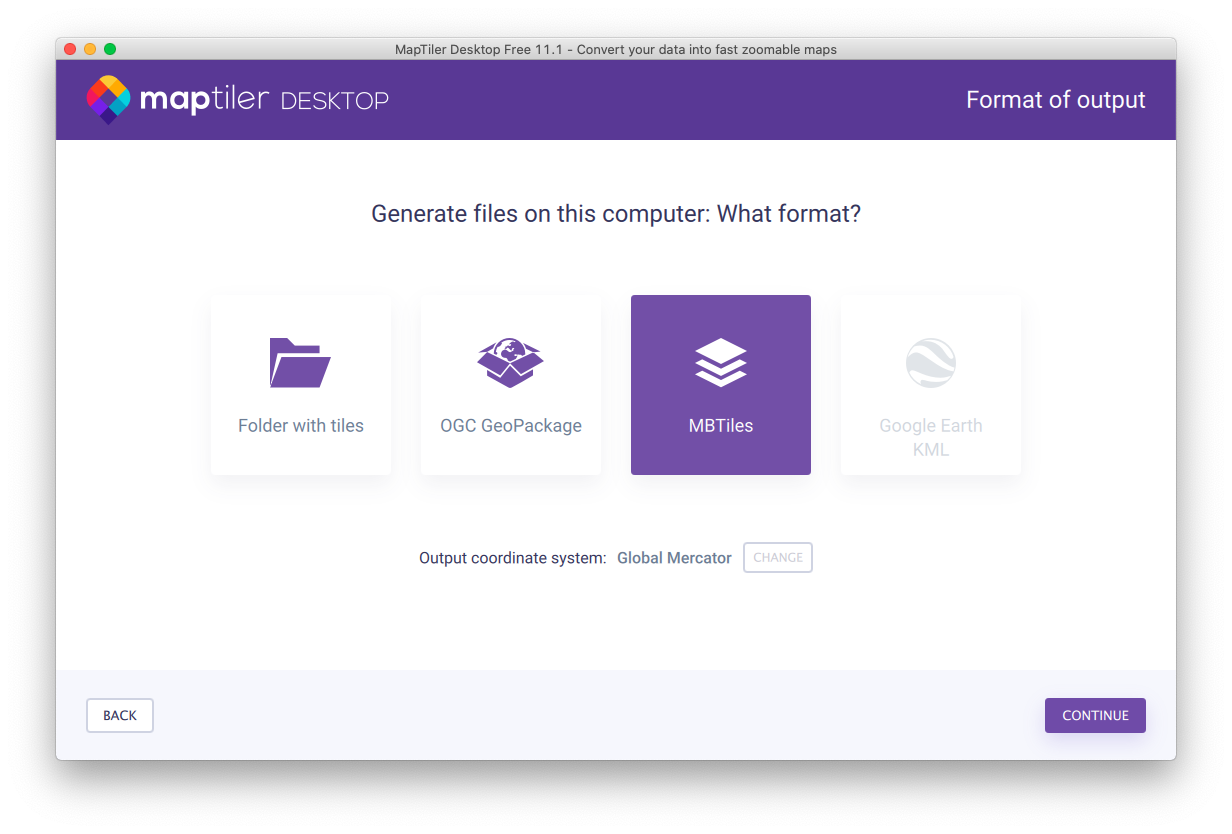

Create two additional folders in the root folder: "glyphs" and "styles", where you'll move the.
#MAPTILER STYLE TILES DOWNLOAD#
#MAPTILER STYLE TILES CODE#
Click on Code on Github, then Code > Download ZIP, and extract the style.json. Start by using one of the styles listed on.

Alternatively if you want to train with the tiles served by your local vector tile server, you can download the editor or use docker to run it locally: sudo docker pull maputnik/editorĭocker run -it -rm -p 8888:8888 maputnik/editor You can use the online editor if you want to edit your style using the online maptiler tiles as example. Maputnik is a free and open source visual editor for the Mapbox GL style specification. If you want to include the sea in your tiles, the ability to add shapefiles is actually used by the default json and lua files, as the README of tilemaker explains: create a directory called coastline in the same place you're running tilemaker from, and then save the files from in it, such that tilemaker can find a file at coastline/water_polygons.shp. You can use that functionality if you want to add custom layers into your basic tileset.

Note: Shapefiles (.shp) can also be added as described on this page. config resources/config-openmaptiles.json \ There are default files in the source folder that can be used. lua file tells how each node should be placed it into those layers according to their tags json file listing each layer, and the zoom levels at which to apply it Tilemaker creates vector tiles (in Mapbox Vector Tile format) from an.
#MAPTILER STYLE TILES INSTALL#
Create Mapbox tilesetĭownload and install Tilemaker to create your vector tiles. Select PBF as the output format (Optional) Additional static layersĬustom layers can be create in Shapefile format using (not tested) 2. Download OpenStreetMap ExtractĮxtract OSM data using. In the following, I will explain in 5 steps how you can reproduce a starting point for something similar on your own server (the below assumes an Ubuntu server). I wanted to create a web app whose main asset featuring an interactive map, fully self-hosted including tiles and custom geo-data, and with a customizable style.


 0 kommentar(er)
0 kommentar(er)
